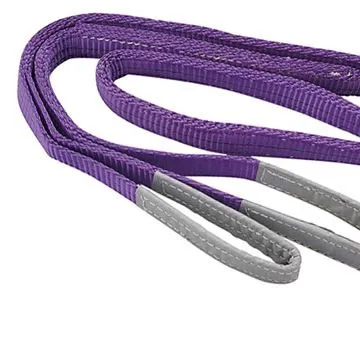Dec . 05, 2024 04:48 Back to list
Installation and Benefits of Gypsum Board Grid Ceiling Systems for Modern Interiors
Gypsum Board Grid Ceiling An Efficient and Elegant Solution
In modern architecture and interior design, ceilings are no longer merely functional elements of a room; they are essential components that contribute significantly to the overall aesthetics and functionality of a space. One of the most popular choices in contemporary interiors is the gypsum board grid ceiling, known for its versatility, aesthetic appeal, and practical benefits.
What is a Gypsum Board Grid Ceiling?
A gypsum board grid ceiling, often referred to as a suspended or dropped ceiling, consists of a grid framework that supports gypsum boards (also known as drywall). This type of ceiling is installed below the original ceiling structure, creating a hidden space for electrical wiring, plumbing, and HVAC components. The lightweight nature of gypsum boards makes them easy to handle and install, offering designers and builders a practical solution for achieving a clean and finished ceiling.
Benefits of Gypsum Board Grid Ceilings
1. Aesthetic Appeal One of the most significant advantages of a gypsum board grid ceiling is its visual appeal. These ceilings can be finished in a variety of textures, colors, and patterns, allowing for customization according to the design theme of a room. Whether it’s a sleek modern office or a cozy residential space, a gypsum ceiling can enhance the overall ambiance.
2. Acoustic Properties Gypsum board grid ceilings also offer excellent acoustic performance. They can significantly reduce noise levels in a room, making them ideal for spaces where sound management is essential, such as offices, conference rooms, and theaters. The gypsum material helps absorb sound waves, creating a more comfortable environment.
gypsum board grid ceiling

3. Easy Access to Utilities One of the practical advantages of a suspended ceiling is the accessibility it provides to plumbing and electrical systems. If maintenance is required, ceiling panels can be easily removed and replaced without causing disruption to the entire ceiling structure. This accessibility is particularly valuable in commercial settings, where ongoing maintenance is often necessary.
4. Fire Resistance Gypsum boards are known for their fire-resistant properties, making them a safer option for ceiling installations. They can help slow the spread of flames and provide additional time for occupants to evacuate in case of fire. In many jurisdictions, gypsum board ceilings meet building code requirements for fire safety, making them a reliable choice for both residential and commercial applications.
5. Energy Efficiency Gypsum board grid ceilings can contribute to a building's energy efficiency. The space created between the original ceiling and the gypsum ceiling can be utilized for insulation, helping to regulate indoor temperatures. This can lead to reduced heating and cooling costs, making it an economically and environmentally-friendly option.
Installation and Maintenance
Installing a gypsum board grid ceiling involves several steps. A metal or wooden grid framework is first installed on the walls of the room, followed by the attachment of gypsum boards to the grid. The process requires precision to ensure levels are maintained and that the finished ceiling appears uniform. Once installed, maintenance is straightforward; the individual panels can be painted, replaced, or cleaned as necessary without requiring extensive work.
Conclusion
The gypsum board grid ceiling represents a marriage of form and function. By choosing this type of ceiling, homeowners and designers can achieve a modern look while enjoying numerous practical benefits. From enhancing room acoustics to providing easy access for maintenance and ensuring fire safety, gypsum board grid ceilings cater to the needs of contemporary spaces. Whether in offices, schools, hospitals, or homes, they offer an elegant solution that elevates the interiors while addressing essential performance criteria. As architectural trends continue to evolve, the popularity of gypsum board grid ceilings is likely to remain strong, solidifying their place as a staple in modern construction and design.
-
Durable Ceiling T Grid Systems | Easy InstallationNewsAug.29,2025
-
PVC Gypsum Ceiling: Durable, Laminated Tiles for Modern SpacesNewsAug.28,2025
-
Pvc Gypsum Ceiling Is DurableNewsAug.21,2025
-
Mineral Fiber Board Is DurableNewsAug.21,2025
-
Ceiling Tile Clip Reusable DesignNewsAug.21,2025
-
Ceiling T Grid Modular DesignNewsAug.21,2025







